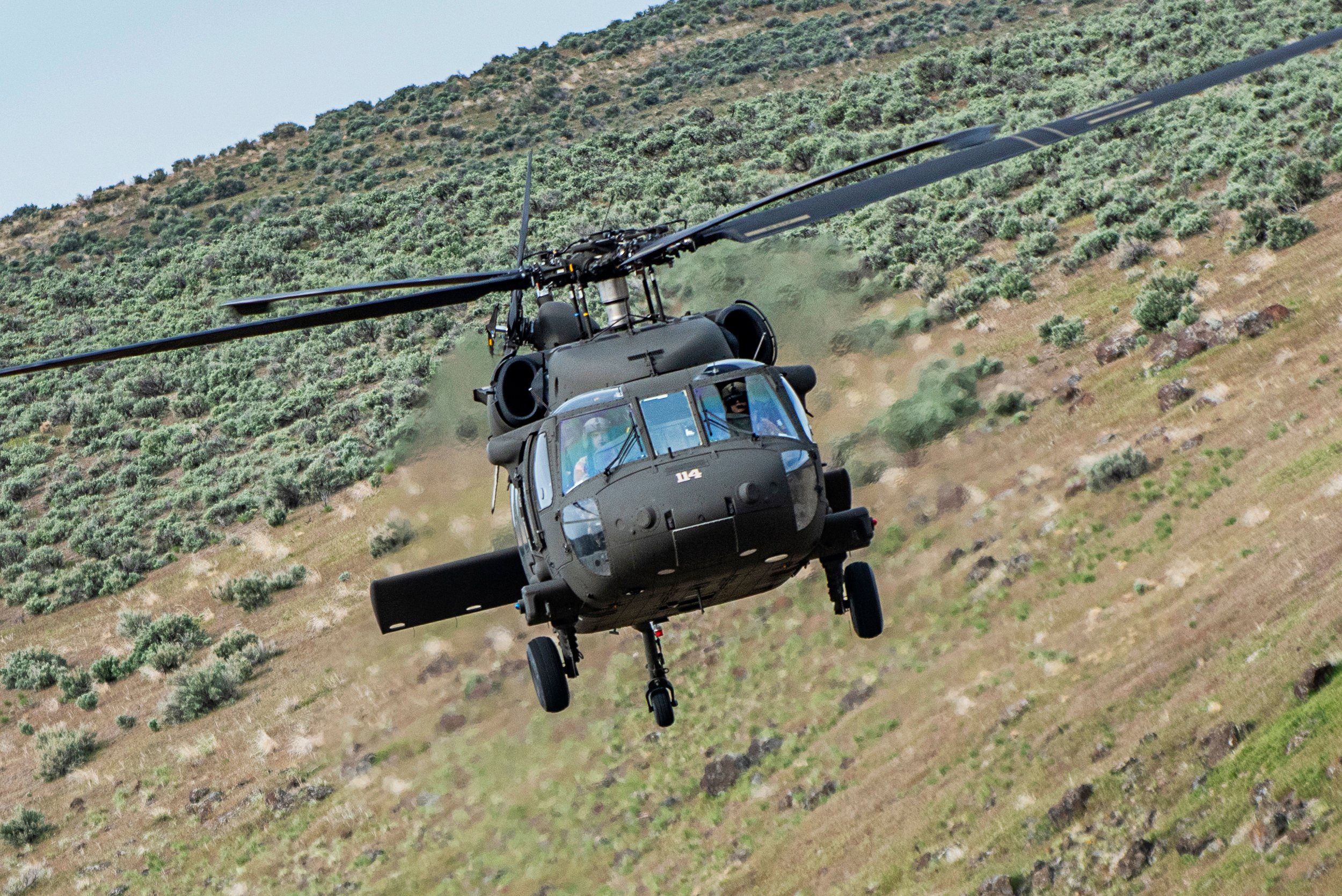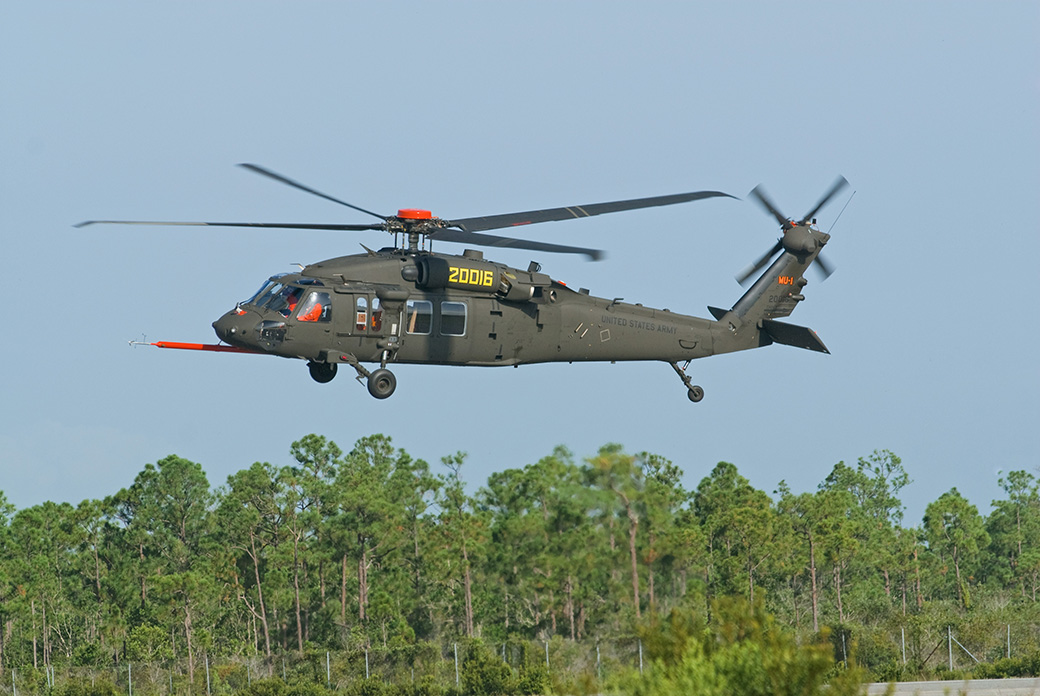The UH 60 Black Hawk: A Comprehensive Overview to Its Functions and Capacities
The UH 60 Black Hawk: A Comprehensive Overview to Its Functions and Capacities
Blog Article
Understanding the Role and Importance of Various UH60 Parts in Aviation Procedures
In the elaborate globe of air travel operations, every component of a UH60 helicopter plays an important function in making sure secure and efficient flights. As we check out the value of the blades system, engines, avionics, transmission system, and touchdown gear in UH60 procedures, a much deeper appreciation for the synergy of these aspects emerges, dropping light on the intricacies that underpin the air travel market's commitment to precision and integrity.
Rotor System
The rotor system, a crucial part in helicopter layout, plays an essential role in providing lift and directional control throughout trip. Being composed of the main blades and tail blades, this system is accountable for producing the required aerodynamic pressures to maintain the helicopter airborne and maneuverable.
In comparison, the tail rotor, placed at the tail end of the helicopter, combats the torque generated by the primary rotor's rotation, making sure the helicopter stays well balanced and can make regulated turns. Together, these blades elements create an advanced system that enables helicopters to carry out a wide range of flight maneuvers efficiently and safely.

Engines
In aeronautics procedures, the correct performance of engines is paramount to complementing the blades system's wind resistant capacities in helicopters. The UH60 helicopter is equipped with 2 General Electric T700-GE-701D engines, each providing 1,890 shaft horse power. These turboshaft engines are crucial components that power the major rotor transmission, tail blades system, and various other crucial helicopter systems. The engines play a crucial duty in creating the needed power to raise the aircraft, manage its flight, and ensure a safe operation.
The dependability and performance of these engines are crucial elements in the UH60's general operational performance and security. Regular upkeep, evaluations, and adherence to manufacturer standards are critical to maintain the engines in optimal condition. Keeping an eye on numerous criteria such as engine temperature, oil stress, and fuel intake is important to discover any kind of possible problems beforehand. In situation of engine breakdowns or emergencies, pilots count on their training and the helicopter's layout attributes to implement needed treatments promptly and safely. Overall, the engines in UH60 helicopters are essential elements that contribute significantly to the airplane's functional success and mission performance.
Avionics
In the UH60 helicopter, avionics encompass a wide range of systems that ensure effective and risk-free flight. Navigation systems, like GPS and inertial navigating systems, supply accurate positioning information to the staff, assisting in path preparation and making certain exact navigation during flights.
Additionally, avionics play an important function in enhancing situational awareness for pilots, permitting them to check vital trip criteria, climate condition, and potential hazards in real-time. By giving essential information and automation capacities, avionics add considerably to the security, effectiveness, and total efficiency of UH60 helicopters in diverse aeronautics operations.
Transmission System
An integral element of the UH60 helicopter's capability and performance is its transmission system. The transmission system in a UH60 helicopter is liable for transferring power from the engines to the primary blades and tail blades systems. This crucial part ensures that the helicopter can navigate successfully and maintain stability during trip operations.
The transmission system in the UH60 helicopter consists of different components, including the primary transmission, intermediate gearbox, tail transmission, and drive shafts. Each of these components plays an important role in guaranteeing that power is distributed efficiently throughout the airplane.
The major transmission is particularly vital as it transfers power from the engines to the main rotor system, enabling the helicopter to take off the ground and achieve onward, backwards, and side movement. The tail transmission, on the other hand, transfers power to the tail blades, which assists neutralize the main blades's torque and gives directional control.
Touchdown Equipment


The landing gear of the UH60 helicopter functions as a crucial element for guaranteeing risk-free and secure this page ground operations, enhancing the performance of its transmission system. Including wheels, shock absorbers, and support structures, the landing equipment supports the helicopter's weight during departure, landing, and while on the ground. The style of the touchdown gear is important for distributing the airplane's weight evenly to protect against tipping or structural damages. Additionally, the landing equipment plays an essential role in taking in the effect of landings, lowering the tension on the airframe and ensuring a smooth touchdown. Appropriate upkeep of the touchdown equipment is important to ensure optimum performance and security throughout procedures. Normal evaluations, lubrication, and substitute of worn-out components are essential to promote the integrity and effectiveness of the touchdown gear system. Pilots and landing crew must comply with appropriate procedures to guarantee the honesty of the landing equipment and boost total flight security.
Conclusion
Finally, the various parts of the UH60 helicopter play crucial roles in making sure the smooth procedure of aeronautics tasks. uh 60. The rotor system, engines, avionics, transmission system, and landing gear all work with each other to make certain the safety and efficiency of the airplane. Comprehending the significance of each component is essential for pilots, designers, and maintenance team to guarantee the general capability of the UH60 helicopter throughout flight operations

Report this page